Your knee support should be tight enough to stabilize and compress your joint, but loose enough not to cut off circulation. That's how tight a knee brace should be.
There are two ways to get there - using the sizing chart of the knee brace you'll buy or the two-finger test.
We'll teach you how to do each one to ensure you wear your knee brace correctly. Learn more by tapping on each link below:
2 techniques to properly fit a knee brace
Regardless of the knee brace model, you have to first make sure it fits well. Otherwise, the product will be ineffective. These two methods will help you do it:
1) Use the sizing chart
The sizing chart will be your guide to check if the dimensions of your knee could fit inside the brace properly.
All you need to do is:
- Check the chart if it goes by metric (cm) or the imperial (inch) system.
- Use a tape measure to check the size around your injured knee joint.
- Match your measurements to the sizing chart.
Pro tip: Most brands have their own sizing charts. So, make sure to check the one belonging to the brace you'll buy. This will save you money and stress in the future.
What if I'm between sizes?
The solution will depend on what type of brace you're planning to buy.
If you're going for a compression knee sleeve, try a half-size smaller. These fabrics are elastic and may loosen up after a few days of use.
But if it's one with straps, like a hinged knee brace, go for the larger size. The straps give you room to customize the compression. This is also ideal if you want to wear your brace over pants.
Yet, check the return policy and money-back guarantee of the seller.
This is the best way to cover your back if you have any sizing issues (we have a 30-day money-back guarantee!).
Check it out: ArmaJoint Knee Compression Sleeve.
2) Two-finger method
Use this when buying a brace in a store. Or combine it with the previous method once your parcel gets delivered.
Simply slide the index and middle fingers under the sleeve, or under each strap. Make sure to keep your leg straight as you do so.
If it's too tight, you will have a tough time slipping in even just one finger.
So, you can stretch out your knee sleeve until it gets loose enough. Or, save yourself the hassle by getting a larger size.
As for braces with straps, just adjust the compression until you can fit your fingers under them.
If it's too loose, both fingers will fit and there will be extra space.
You don't want this, as the brace won't provide any benefits. It's best to get a smaller-sized compression sleeve or tighten the straps.
Why a properly fit knee brace is essential?
Looking for that right knee brace size can feel like trial and error at times, but it'll pay off in the end. Here's why:
It can promote healing and reduce pain.
Having a properly fitted brace means it can reduce the stress on the tissue as your knee heals.
For example, right-sized sleeves compress the joint. This in turn promotes blood flow to the area, bringing repairing cells into the area and boosting the healing process. (1)
The compression itself also provides a sensation of stability, much needed when doing daily activities or exercising. (1)
But a loose-fitting one could become useless, as it would slip down instead of compressing your joint. A tight-fitting one would cut off your circulation and potentially make the knee pain worse.
It may prevent further injury while playing sports.
Hinged knee braces can add up to 30% of protection from knee ligament injuries. (2)
So, if you've had previous knee injuries, wearing a properly fitted one while playing sports could prevent injuries.
FAQs
How do you know if your knee brace is too tight?
You'll know if your knee brace is too tight if you can't fit two fingers under it. In the worst case, your calf and foot start to go numb and/or your toes may turn in a shade of blue.
What happens if a knee brace is too tight?
A knee brace that is too tight can worsen your knee injury, it could damage your nerves, or cut off the blood supply to your leg.
Should you wear a knee brace while sitting?
Yes, it's okay to wear a knee brace while sitting as long as it doesn't restrict circulation to your leg.
Conclusion: What size knee brace do I need?
The right brace will provide compression and stability, without constricting your leg or slipping down frequently.
To find the right size, use the manufacturer's sizing chart. That'll give you an idea of how your knee will fare with your new brace.
Leg numbness, tingling, and discoloration are red flags that mean your knee brace is too tight. Discontinue its use and check the return and/or refund policy of the manufacturer.
Finally, remember to always seek a doctor or physical therapist for professional medical advice if you need more assistance.
Resources
-
Mohd Sharif, Nahdatul Aishah et al. “Biomechanical and functional efficacy of knee sleeves: A literature review.” Physical therapy in sport: official journal of the Association of Chartered Physiotherapists in Sports Medicine vol. 28 (2017): 44-52. DOI: 10.1016/j.ptsp.2017.05.001
-
Mortaza, Niyousha et al. “The effects of a prophylactic knee brace and two neoprene knee sleeves on the performance of healthy athletes: a crossover randomized controlled trial.” PloS one vol. 7,11 (2012): e50110. doi: 10.1371/journal.pone.0050110

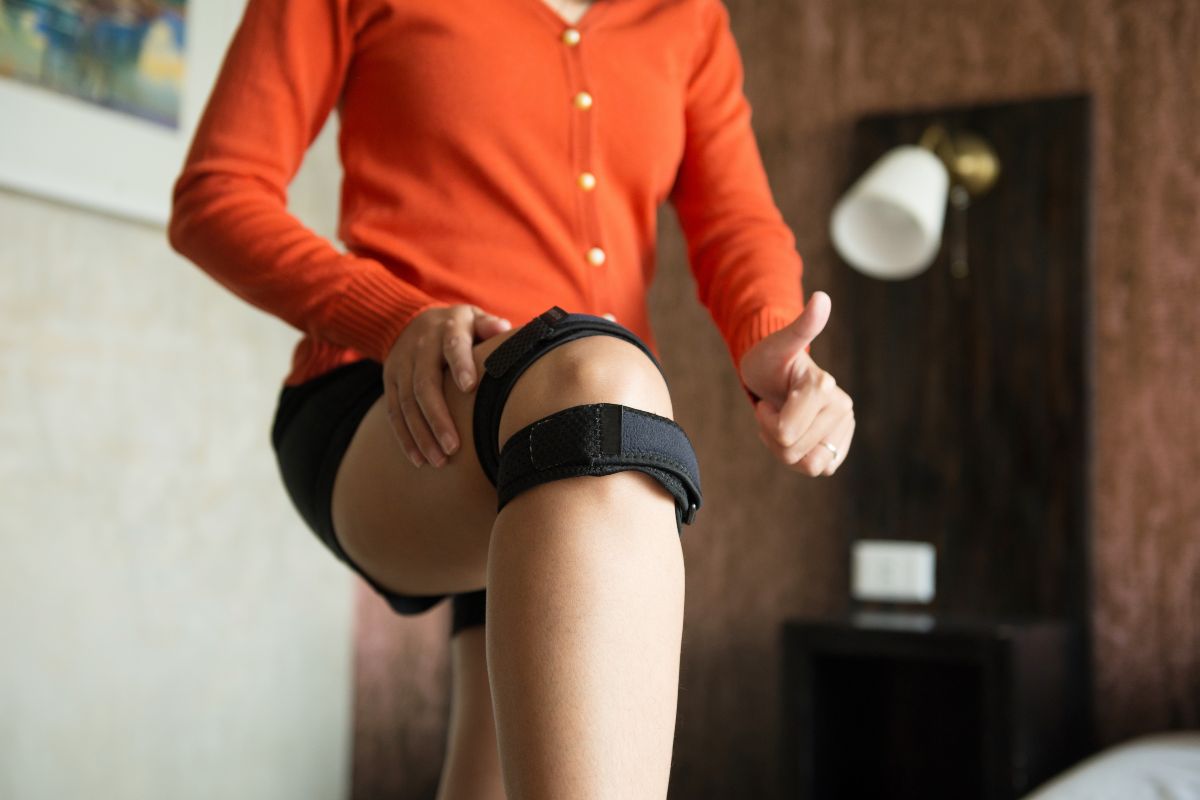

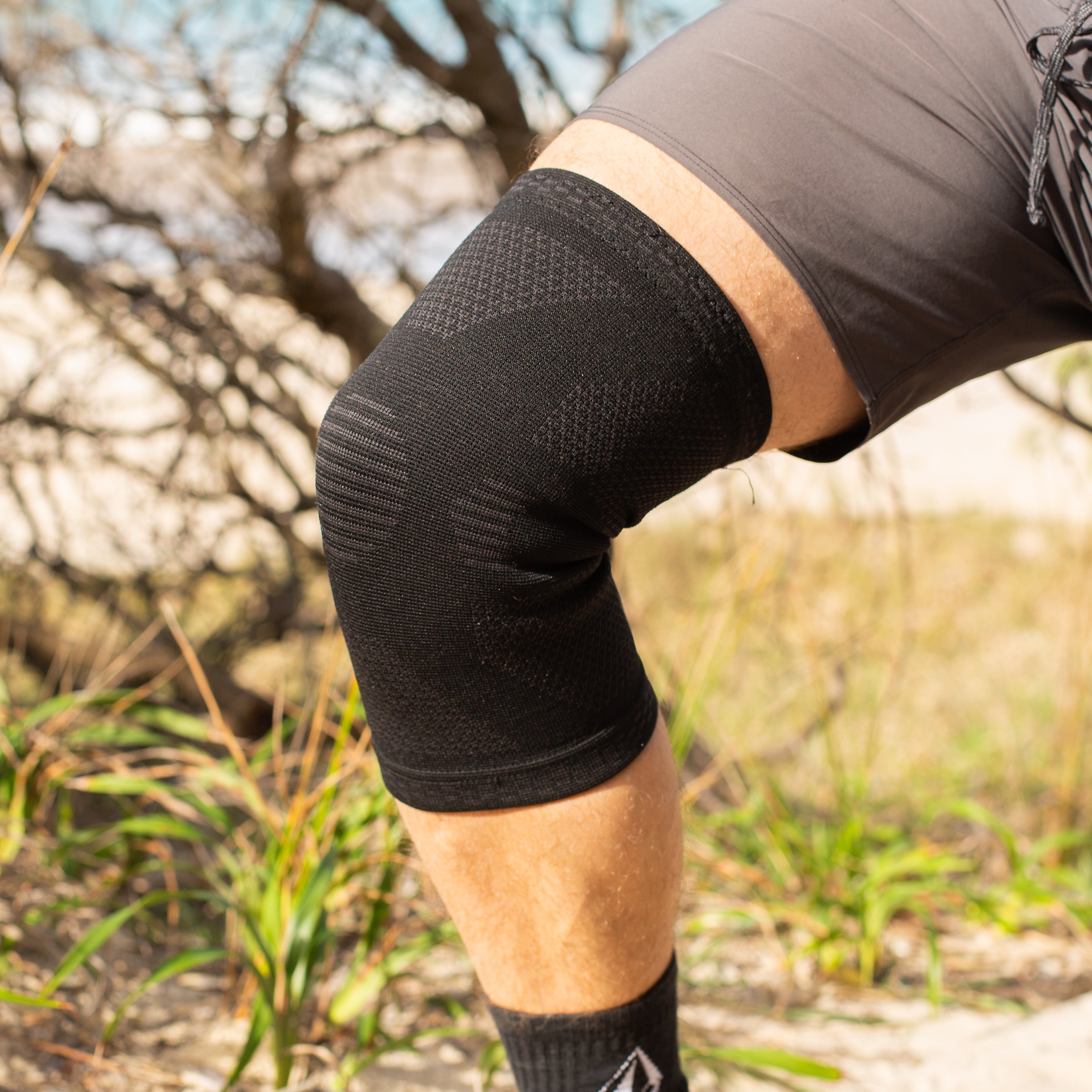
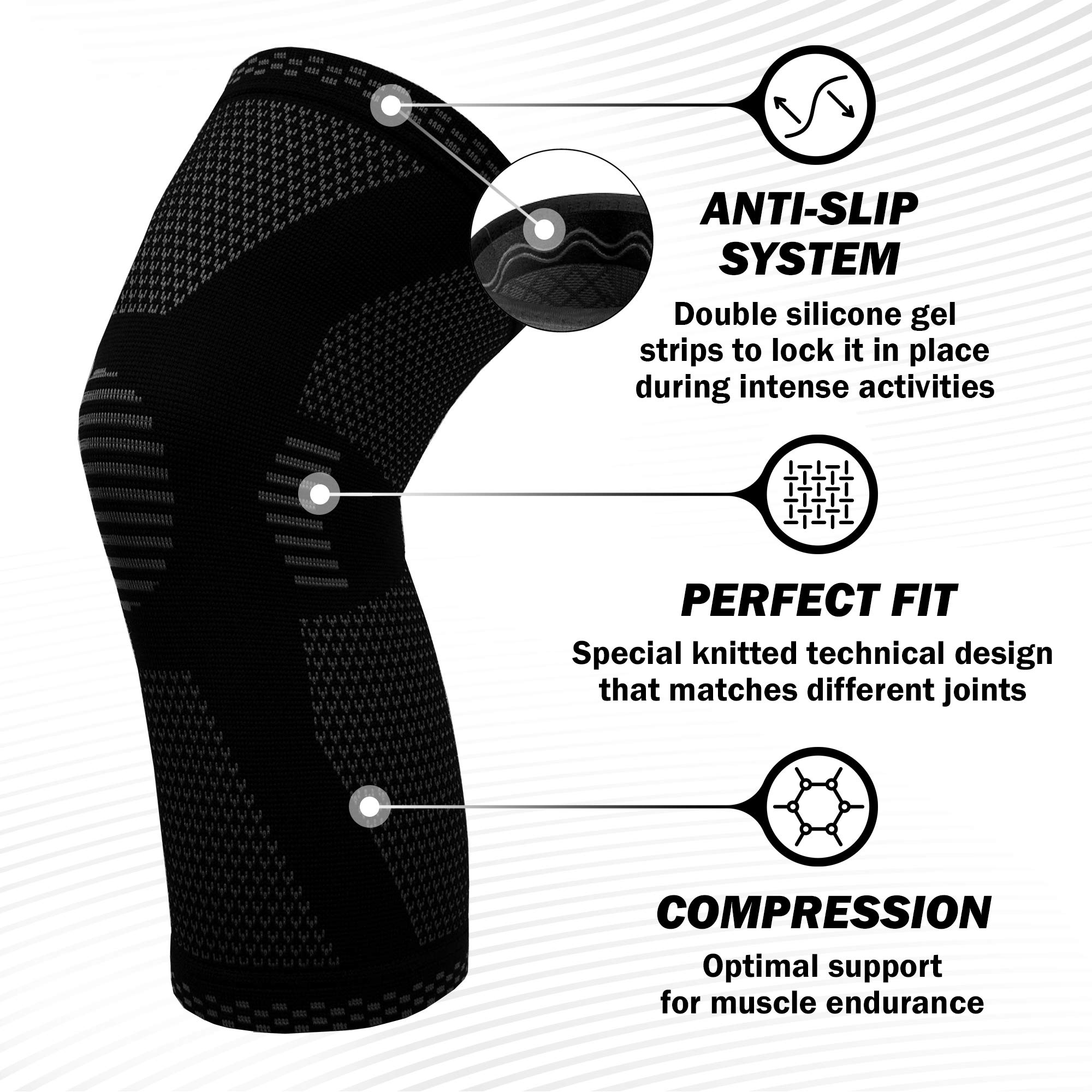
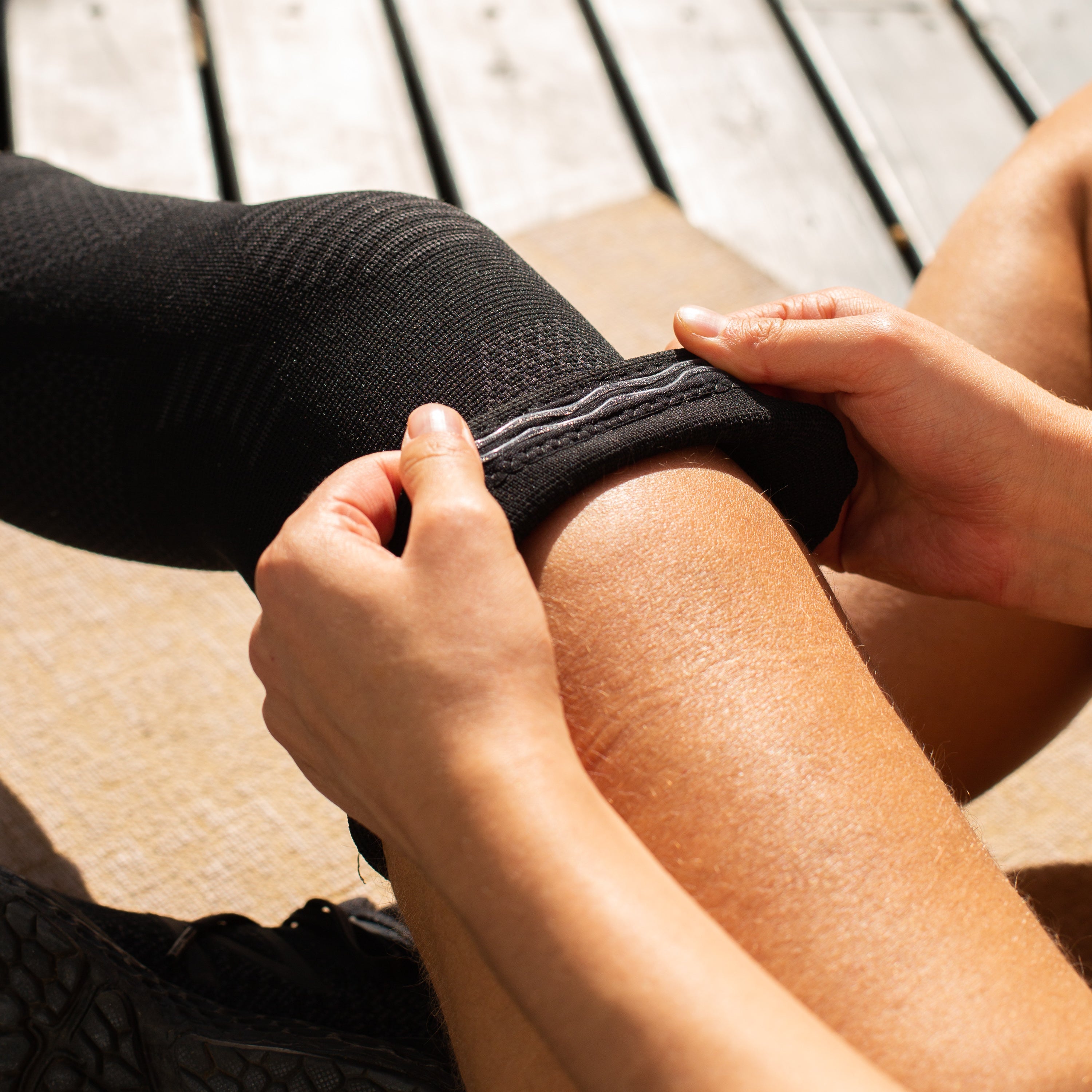
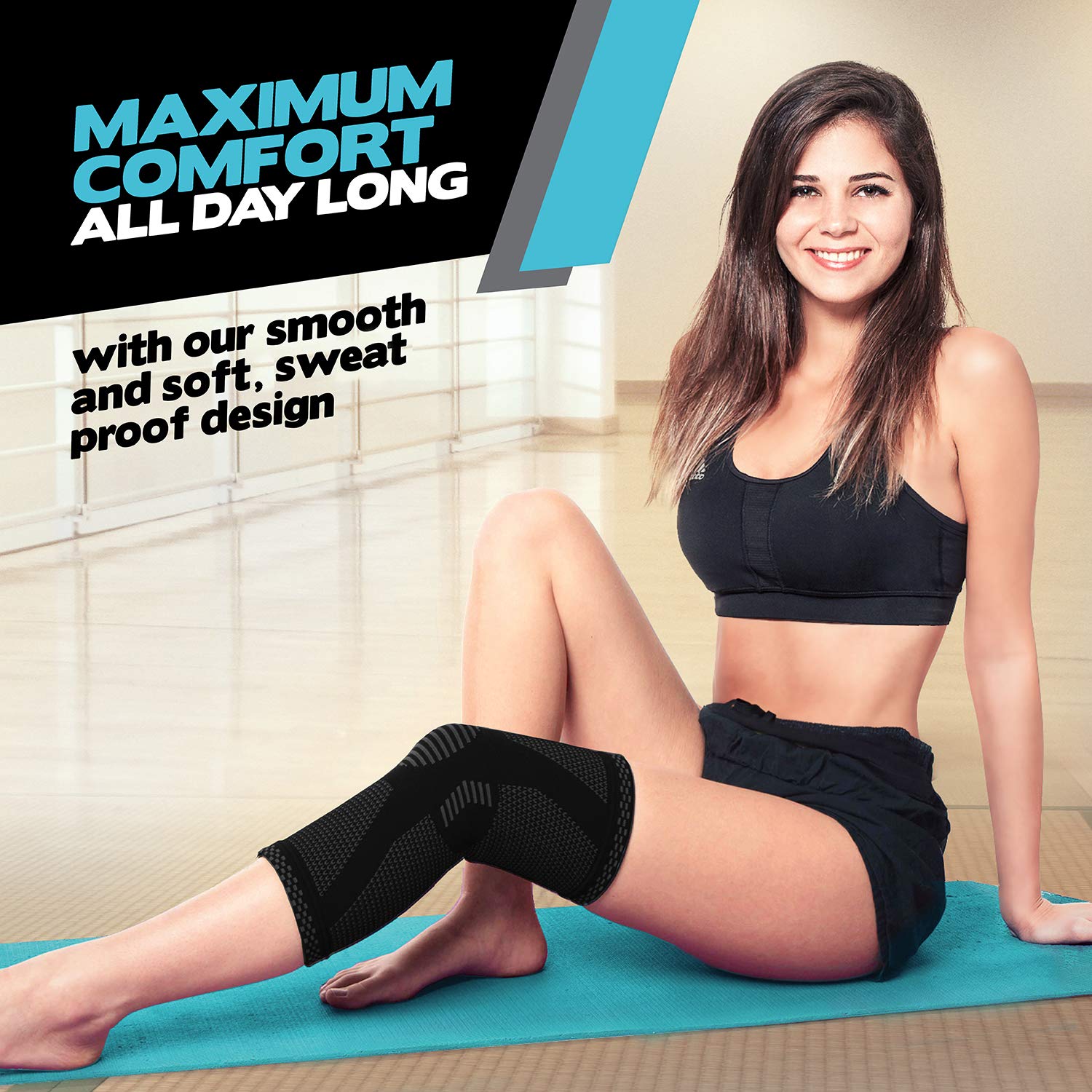
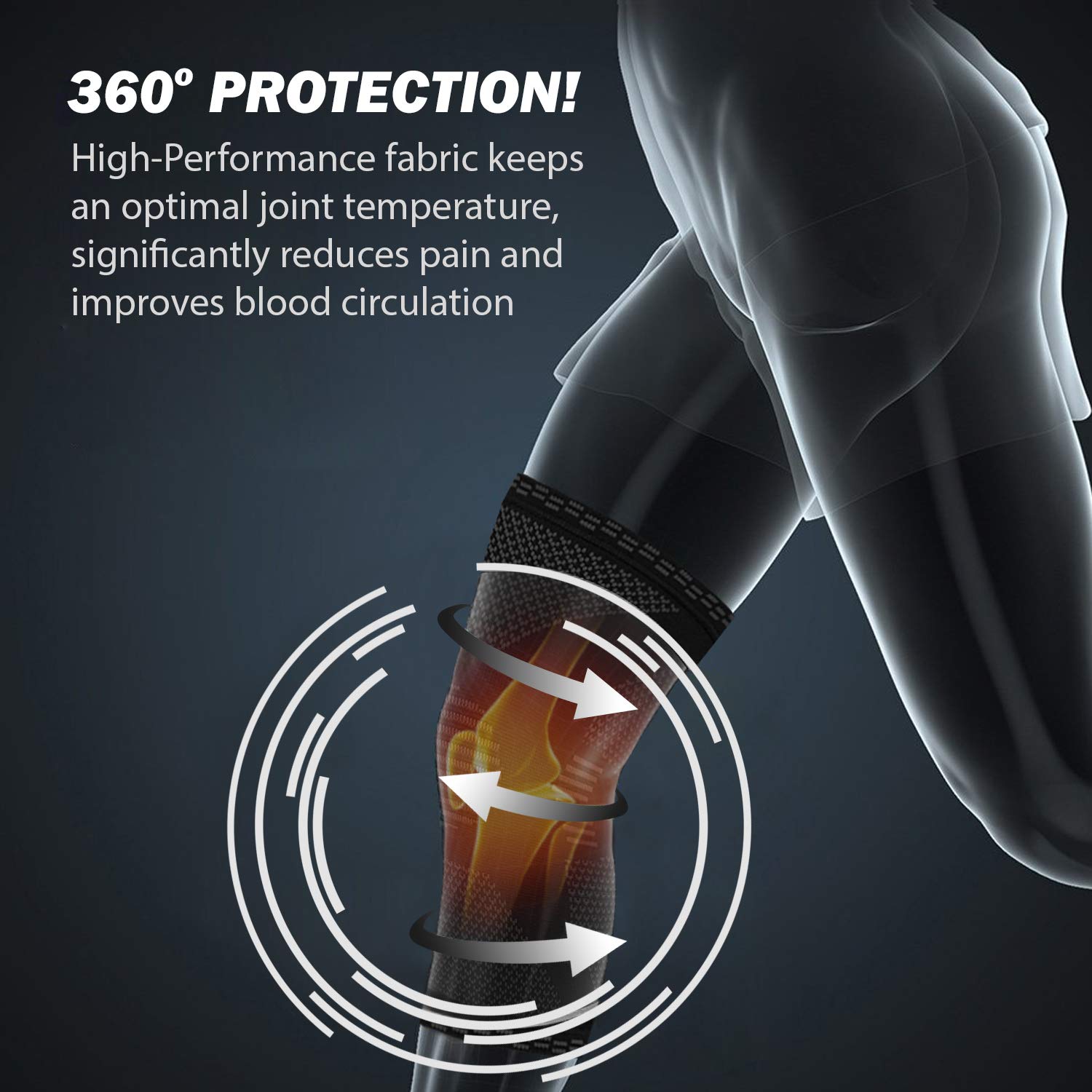
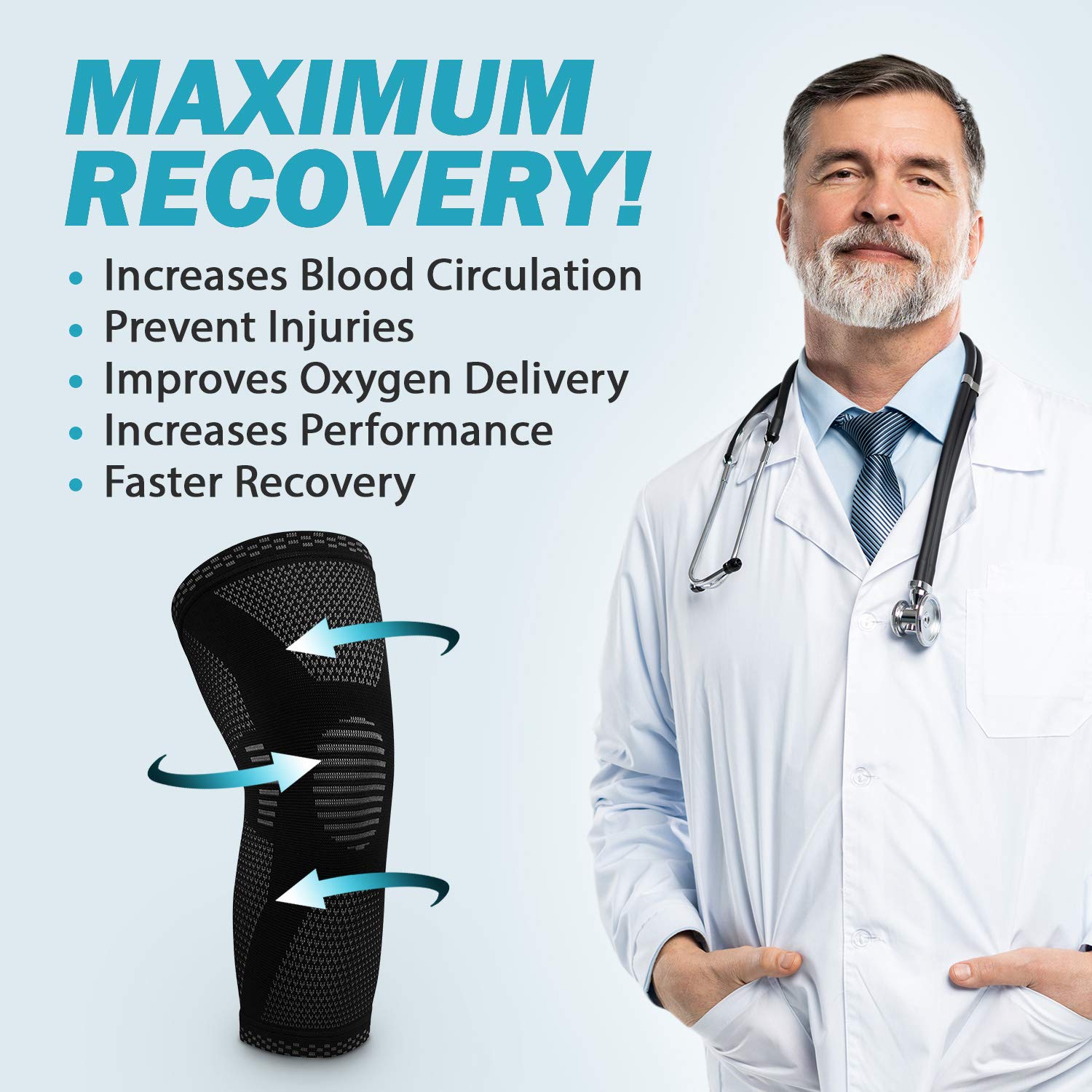
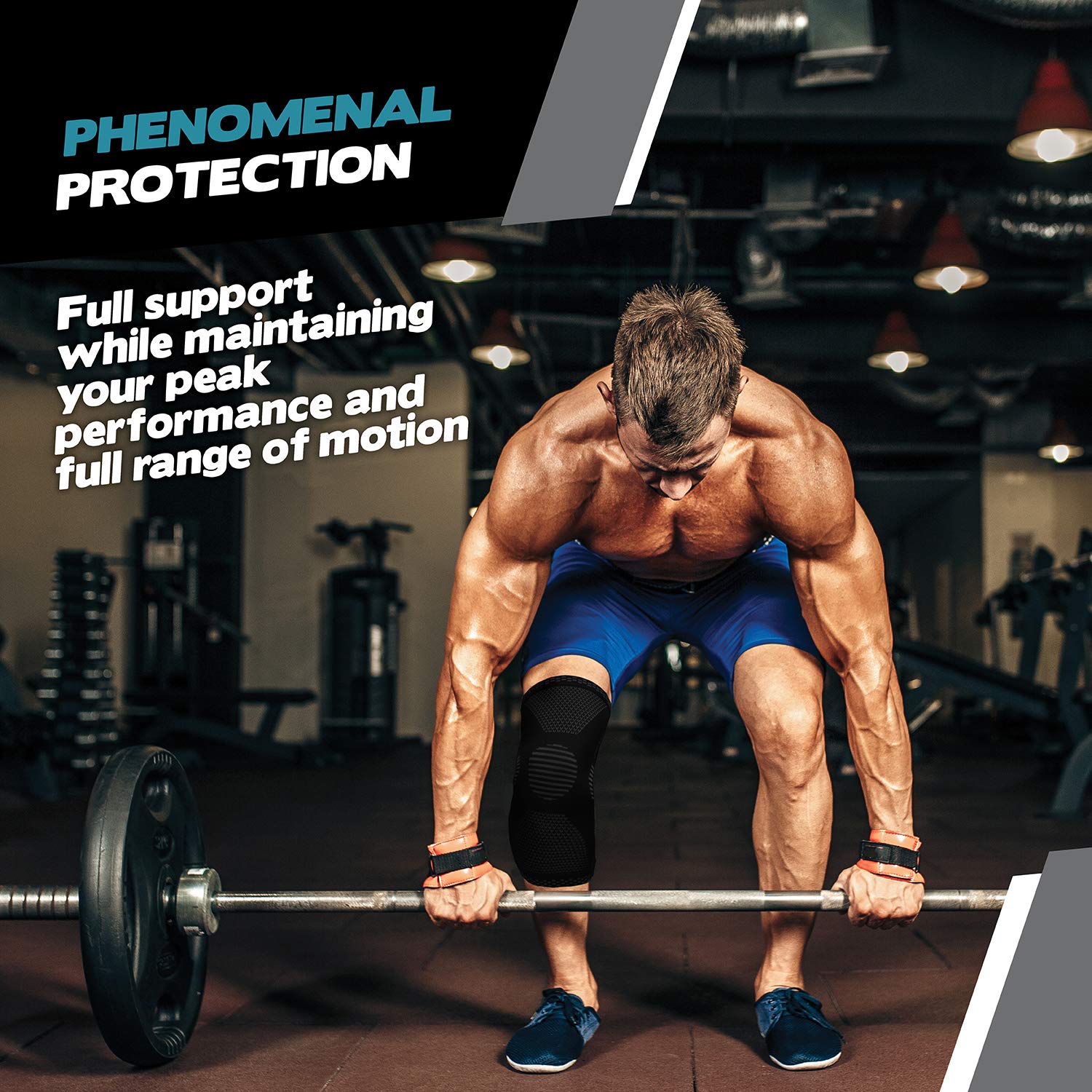

Share and get 15% off!
Simply share this product on one of the following social networks and you will unlock 15% off!